Since the industrial revolution and the beginning of the exploitation of fossil fuels, energy supply has always been adapted to human needs and production rates. With the energy transition and the boom of renewable energy sources, new strategies and technologies are required to save the distance between renewable generation peaks and production schedules. Some of these solutions are smart distribution networks, energy storage integration, sector coupling, and flexibility on demand’s side.
What is SynErgie?
SynErgie is one of the Kopernikus projects, a series of research projects funded by the Federal Ministry of Education and Research (BMBF) that seek to realize the image of a climate-neutral Germany by 2045. Since 2016 in operation, SynErgie aims to establish the necessary technical and market conditions to effectively synchronize Germany’s industrial energy demand with the fluctuating energy supply. In other words: contribute to the industry’s energy flexibility, ergo, to that of the different production processes.
In Germany, industry is responsible for a 44% of electricity demand (Statista, 2022), and a 25% of total energy demand (IEA, 2021). Because of this, industry offers a flexibility potential of crucial importance for the energy system, mainly for the electricity supply system. One of the main goals of SynErgie is precisely estimating said potential and developing technological and organizational solutions that contribute to the flexibilization of key industrial sectors, such as the chemical, pulp and paper, plastics, and metal (steel and aluminum) industries.
Is that good for business?
Companies can benefit from this process in different ways. First, through the integration of energy storage technologies and sector coupling strategies, they reduce their dependency on the grid and boost their flexibility at the same time. Since not all factories or production processes are the same, they all need specifically tailored solutions.
Secondly, flexibility increase means the possibility of moving production peaks to when energy is cheapest, which usually coincides with renewable energy generation peaks. This leads to considerable reductions in energy costs, in addition to enabling companies to market their flexibility on a platform designed for this purpose.
A flexibility market?
That’s right. The rising presence of renewables in the electricity generation sector entails a greater influence of weather conditions on the system, in a way that flexibility on the energy demand’s side becomes more important. In SynErgie, an energy-synchronization digital platform is being developed so that it automatizes and standardizes the marketing of demand’s flexibility. As a result, companies will be able to control the technical aspects of their production processes and energy-flexible infrastructure on a service-oriented platform. At the same time, a multilateral market platform will connect the different company platforms and will offer services, allowing firms to access the market and trade their energy flexibility.
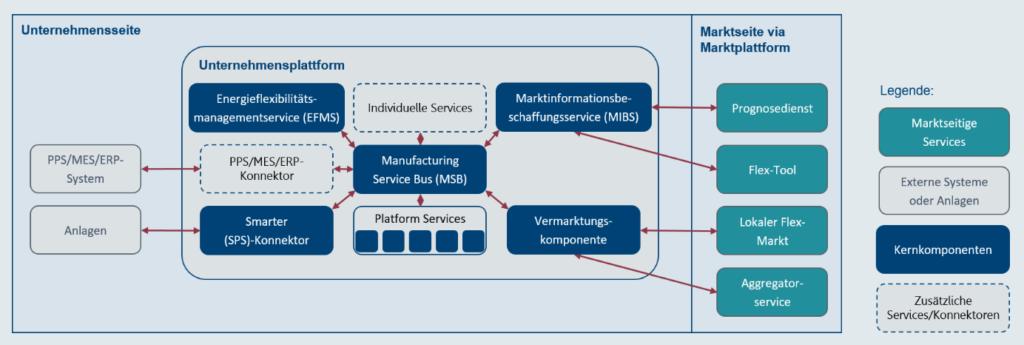
Structure of the energy synchronisation platform for the automation and standardization of energy flexibility trading.
© Fraunhofer IPA and Uni Luxembourg. Source: SynErgie-Projekt
And all this… has it been tested?
By the end of 2022, the second phase of the project was completed. The third and last phase starts this year and will run until 2026. Until now, the different project partners have developed a considerable number of innovations, including a first version of the digital platform, and all have been under test in the model region of Augsburg. There, different collaborating companies, power grid operators and electricity suppliers pilot the new strategies and technologies, which are being perfectioned considering technical as well as economic and social aspects. Simultaneously, the experience obtained in the model region of Augsburg serves for the development of possible future application scenarios in the context of the energy transition.
If you want to know about the work of Fraunhofer IWU in SynErgie you can already eagerly await a follow-up article. The article „SynErgie project contents of Fraunhofer IWU“ will be published in two weeks.
Sources:
IEA (2021). Countries and Regions: Germany. Retrieved January 25, 2023, from https://www.iea.org/countries/germany
Statista (2022). Verteilung des Stromverbrauchs in Deutschland nach Verbrauchergruppen im Jahr 2021. Retrieved January 25, 2023, from https://de.statista.com/statistik/daten/studie/236757/umfrage/stromverbrauch-nach-sektoren-in-deutschland/

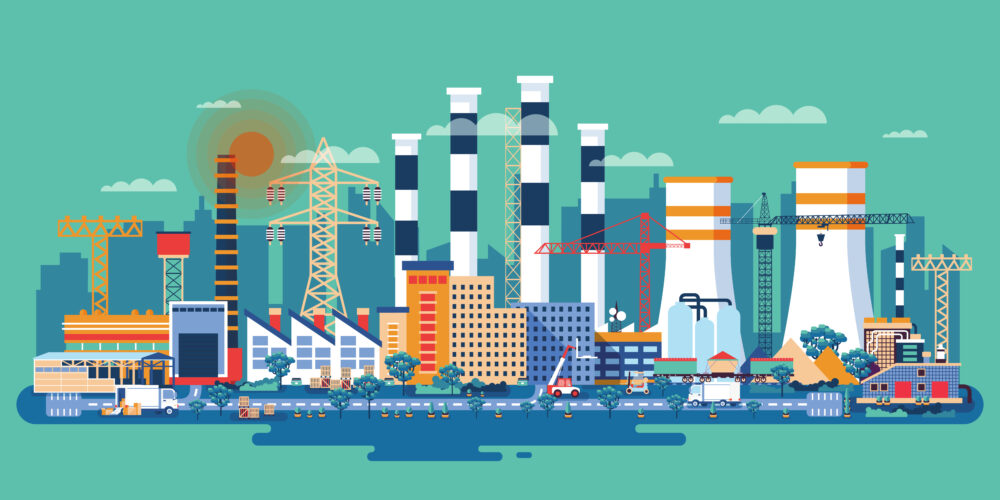
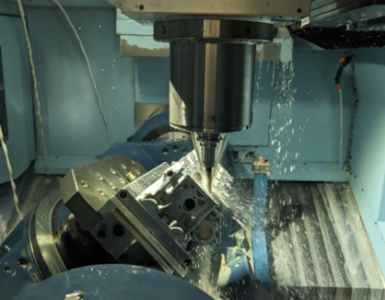
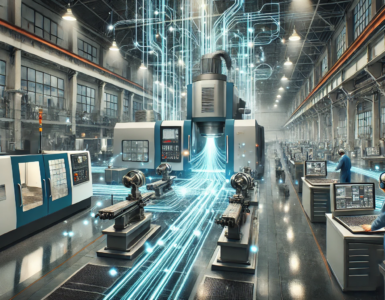
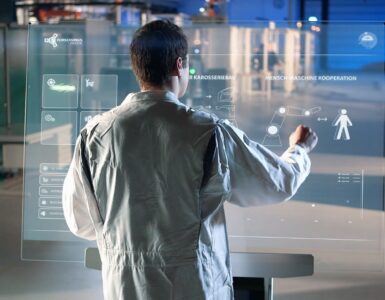

















Kommentare hinzufügen